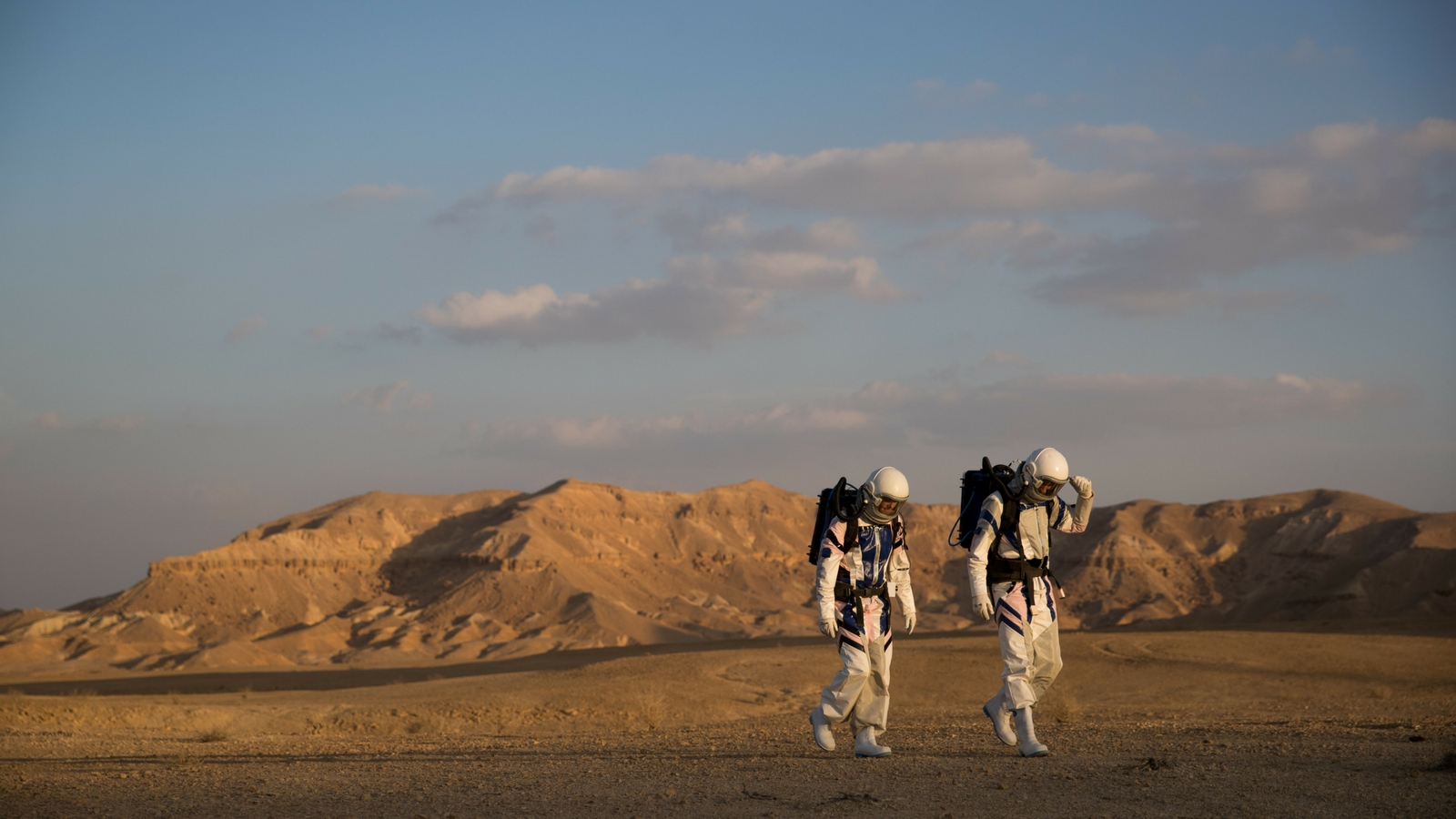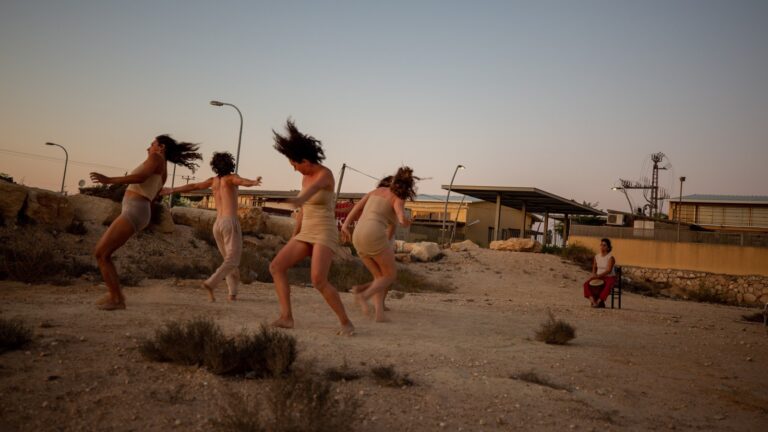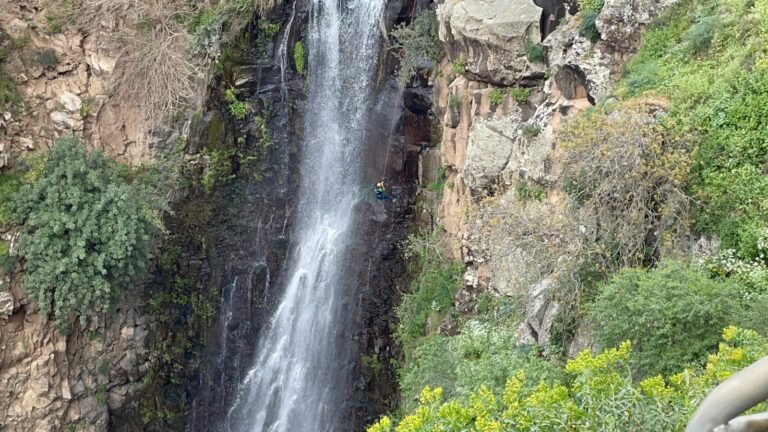In a secret, isolated location near the town of Mitzpeh Ramon, six Israeli pioneers took part in a four-day journey of exploration that simulated an actual mission on the surface of Mars.
The participants, nicknamed the “Ramonauts,” completed the mission on February 18 after several days of experiments held in D-MARS (Desert Mars Analog Ramon Station). The mission was the first of its kind in Israel and is part of a series of planned analog expeditions to Mars, designed to investigate and simulate possible life on the Red Planet in the near future.
“Israel is already leading in satellites but the technologies that we have here in Israel can create an incubator for technologies for space exploration, not only in near-Earth missions,” said Hillel Rubinstein, the postdoctoral fellow at Ben-Gurion University of the Negev who served as field commander and head of the mission. “This is only the first mission; we hope to have many missions in the future.”
As part of the collaboration between the Israel Space Agency and the Austrian Space Forum, scientific experiments were conducted during the expedition to investigate satellite communications, 3D printing capabilities, signs of life in soil, cosmic radiation measurements, and psychological effects of isolation.
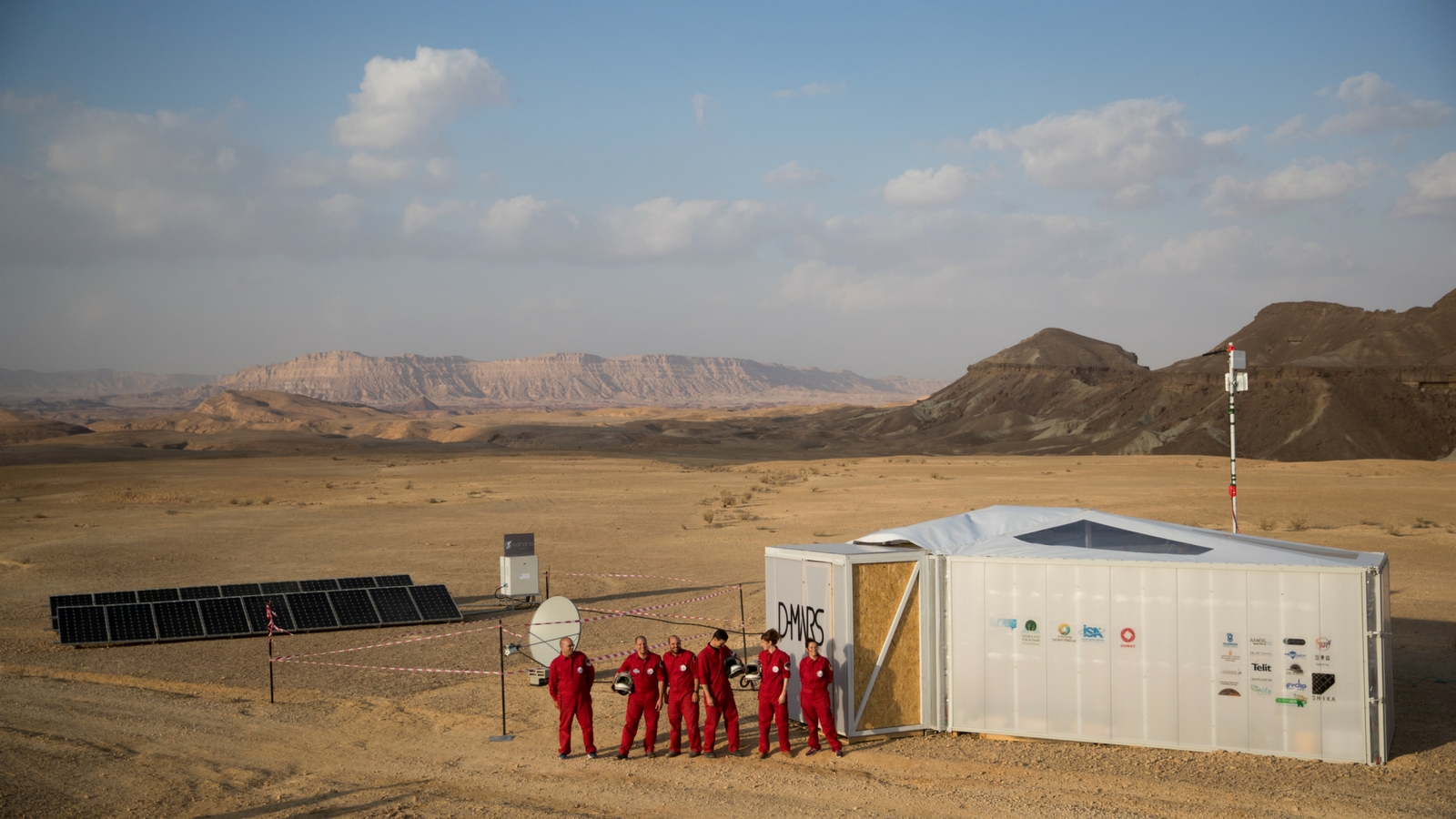
The rugged terrain of the Ramon Crater was chosen as an ideal backdrop for experimentation due to its seclusion and similarities in terms of land structure, geology, aridity and appearance to Mars. Such similar conditions are difficult to find in other areas of the world, the Science Ministry says.
Reut Sorek-Abramovich, the mission’s science officer responsible for collecting soil samples for experimentation, said although the analog environment lacks Mars’ famously red appearance due to the absence of oxidized iron, other types of minerals found in the area, such as basalt and clay, are very similar to those on Mars. The changes in temperature are also comparable to what you would find in certain areas on Mars, she said.
Ramonauts who participated in the experiments also include Prof. Guy Ron, a nuclear physics expert at the Hebrew University of Jerusalem; Jacqueline Fay, an astronomy tour guide and director of the Mitzpeh Ramon Music Center; Nadav Kushner, social worker and certified first-responder, and Alon Shikar, architect and lecturer at the Technion-Israel Institute of Technology in Haifa.
Designer space suits
During the simulation, life in D-MARS was aimed at testing the habitat design, the spacesuits, the communication system and work-flows, the organizers said.
Space suits designed exclusively for the mission by Israeli fashion designer Alon Livne were worn by the crew for exploration and research outside of the habitat, known as extravehicular activity (EVA) in the space world. The fashionable suits feature life-support systems, a helmet, gloves and special shoes.
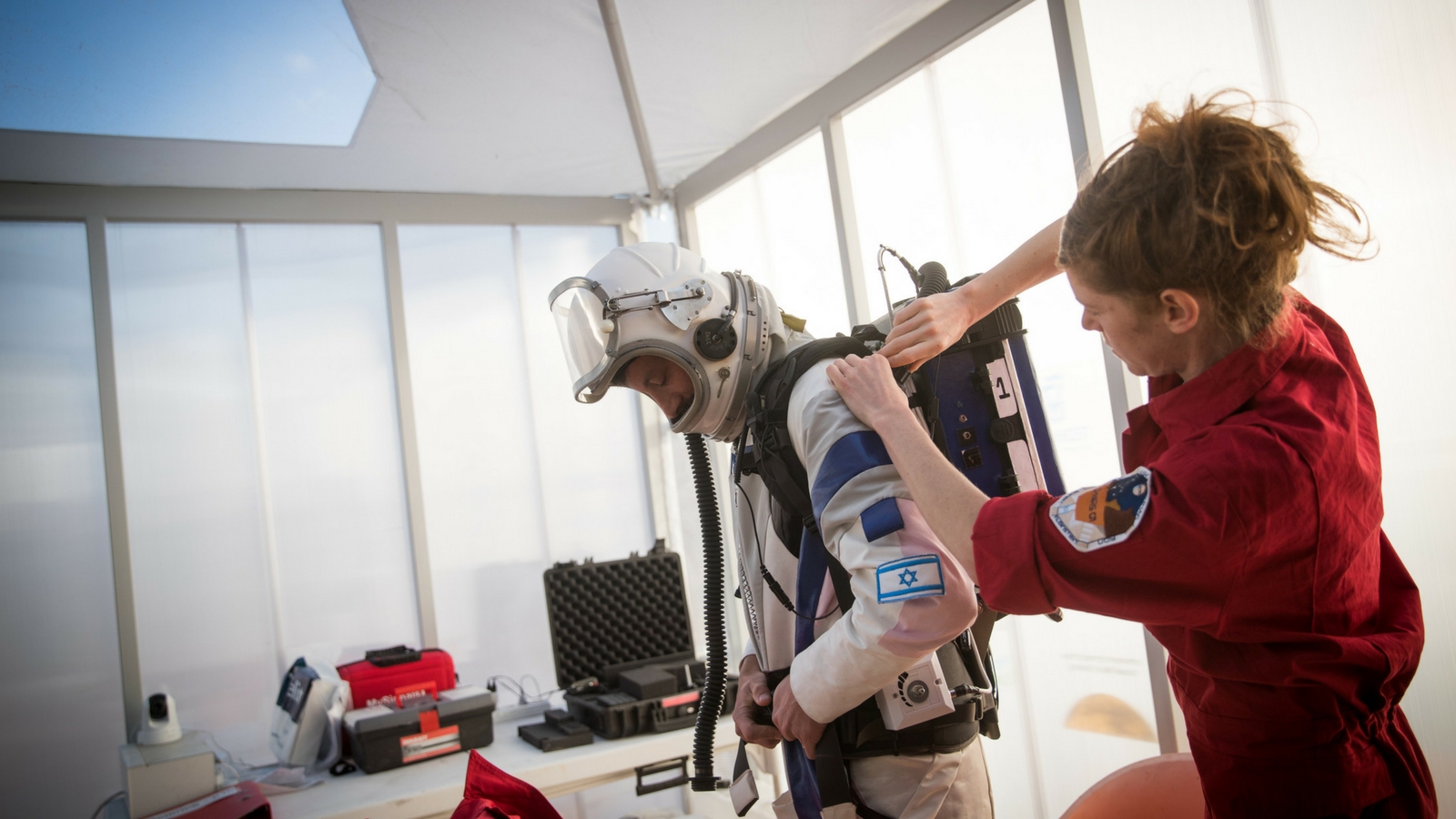
Ramonauts ate mostly freeze-dried food and drank 3 liters of water per day, said Kushner, who looked after the medical and dietary demands of the crew.
Solar panels outside the structure powered the habitat, which was designed to be fully collapsible and transportable. Design and construction of the D-MARS habitat were conceived as part of a course led by Shikar and architect Moshe Zagai at the Technion.
“I’m an architect but also an urban designer, so it was important to create this building with the ability to connect to other buildings,” said Shikar, who owns a private architecture and design firm. “What we have here is only one unit but it can be connected to five other units, creating an environment which can be added to all the time.”
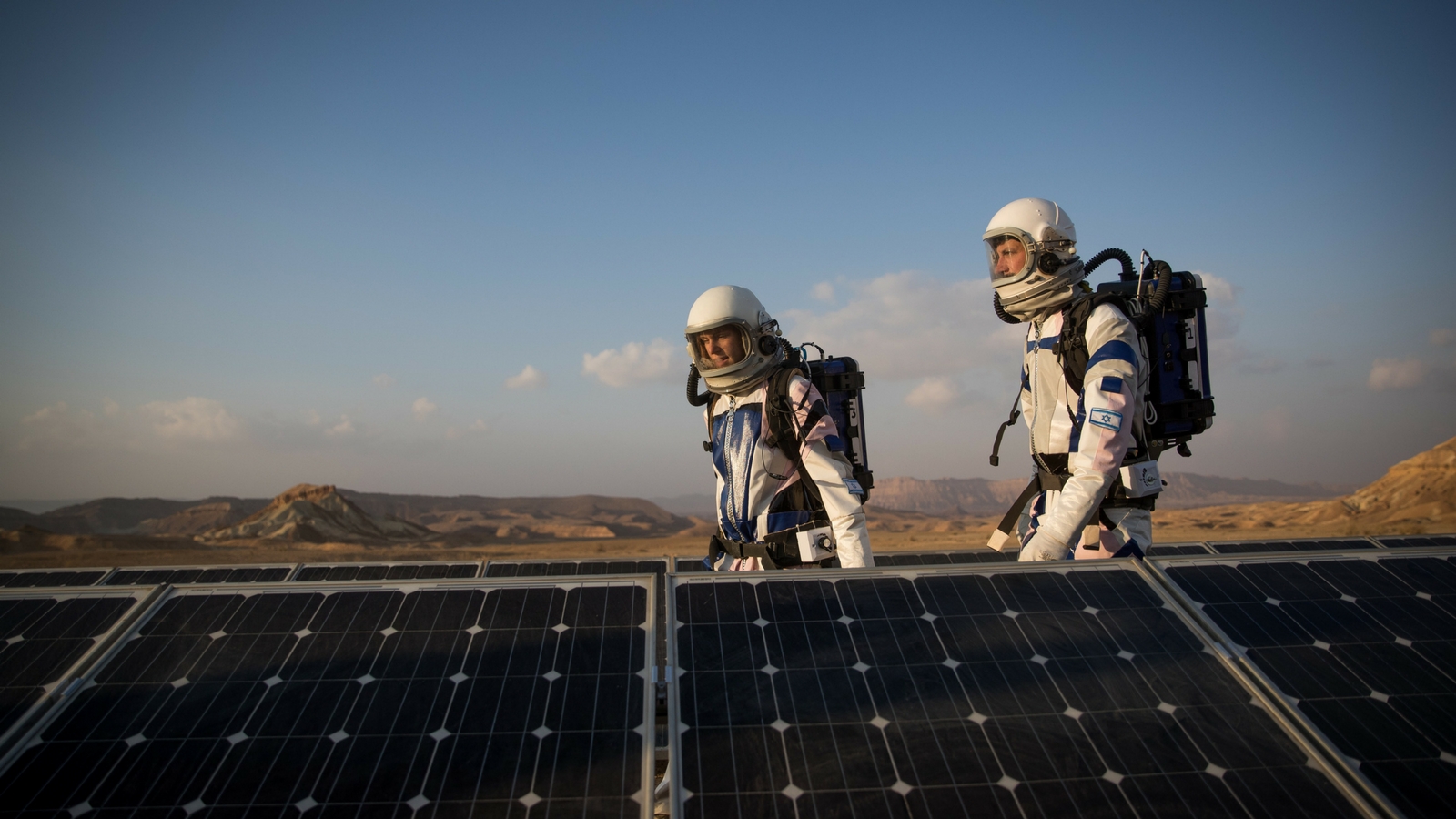
Though the habitat was constructed with little budget and time, Shikar said he hopes to evolve the design into a huge complex for future collaboration on Mars exploration and research.
“We wanted to prove that this is the best facility for such missions so that everyone who wants to send something to Mars, for example, can test it here,” said Rubinstein.
More analog expeditions are scheduled for the near future, including one mission that includes high school students from the Rehovot-based Davidson Institute of Scientific Education’s Astronaut School. The Austrian Space Forum is expected to come to Israel in 2020 for further collaboration, said Shikar.




